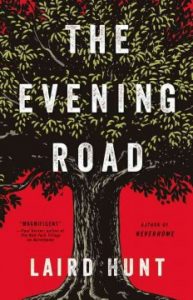Just in case you haven’t had your fill of awards this season, dear readers, we are delighted to bring you this year’s Stoker Award Nominees, celebrating the best in English-language horror writing!

Each year, the Horror Writer’s Association presents the Bram Stoker Awards for Superior Achievement, named in honor of Bram Stoker, author of the horror novel to beat all horror novels (and Free For All favorite), Dracula. The Bram Stoker Awards were instituted immediately after the organization’s incorporation in 1987. The first awards were presented in 1988 (for works published in 1987), and they have been presented every year since. The award itself, designed by sculptor Steven Kirk, is a stunning haunted house, with a door that opens to reveal a brass plaque engraved with the name of the winning work and its author.

The Stoker Awards specifically avoid the word “best”, because it recognizes that horror itself is a genre that is constantly moving, changing, and pushing its own boundaries (and can often be very specific to a place, or a generation). Instead, it uses the words “Superior Achievement”. The categories of award have changed over the years, as well, as the genre has evolved, but since 2011, the eleven Bram Stoker Award categories are: Novel, First Novel, Short Fiction, Long Fiction, Young Adult, Fiction Collection, Poetry Collection, Anthology, Screenplay, Graphic Novel and Non-Fiction.
 And can I just say, that the HWA also hosts an academic conference on horror alongside its annual conference, known as the Ann Radcliffe Academic Conference, after the pioneer of the Gothic novel, and a lady author to boot? I think that is the coolest thing ever, not only because the HWA remains so devoted to celebrating and studying horror as a genre in the past and the future, but it also creates a wonderfully inclusive atmosphere where all kinds of readers are accepted.
And can I just say, that the HWA also hosts an academic conference on horror alongside its annual conference, known as the Ann Radcliffe Academic Conference, after the pioneer of the Gothic novel, and a lady author to boot? I think that is the coolest thing ever, not only because the HWA remains so devoted to celebrating and studying horror as a genre in the past and the future, but it also creates a wonderfully inclusive atmosphere where all kinds of readers are accepted.
So here, without further ado, are the 2016 nominees for the Stoker Awards. There are a few titles here that we’ve covered previously at the Free For All, which is proof that we know how to pick ’em, and many that I will be added to my To Be Read list promptly! The final announcement will be made at StokerCon, the annual conference of the HWA.
Superior Achievement in a Novel
- Hard Light, Elizabeth Hand
- Mongrels, Stephen Graham Jones
- The Fisherman, John Langan
- Stranded, Bracken MacLeod
- Disappearance at Devil’s Rock, Paul Tremblay
Superior Achievement in a First Novel
- The Apothecary’s Curse, Barbara Barnett
- Hollow House, Greg Chapman
- Haven, Tom Deady
- Mayan Blue, Michelle Garza & Melissa Lason
- The Eighth, Stephanie M. Wytovich
Superior Achievement in a Young Adult Novel
- Snowed, Maria Alexander
- Last Days of Salton Academy, Jennifer Brozek
- Holding Smoke, Elle Cosimano
- When They Fade, Jeyn Roberts
- The Telling, Alexandra Sirowy
Superior Achievement in Long Fiction
- The Sadist’s Bible, Nicole Cushing
- “That Perilous Stuff”, Scott Edelman
- The Ballad of Black Tom, Victor LaValle
- “The Jupiter Drop”, Josh Malerman in You, Human
- The Winter Box, Tim Waggoner
Superior Achievement in Short Fiction
- “Time is a Face on the Water”, Michael Bailey in Borderlands 6
- “A Rift in Reflection”, Hal Bodner in Chiral Mad 3
- “The Bad Hour”, Christopher Golden in What the #@&% Is That?
- “Arbeit Macht Frei”, Lisa Mannetti in Gutted: Beautiful Horror Stories
- “The Crawl Space”, Joyce Carol Oates in Ellery Queen (9-10/16)
Superior Achievement in a Fiction Collection
- Swift to Chase, Laird Barron
- A Long December, Richard Chizmar
- The Doll-Master and Other Tales of Terror, Joyce Carol Oates
- Lethal Birds, Gene O’Neill
- American Nocturne, Hank Schwaeble
Superior Achievement in an Anthology
- Chiral Mad 3, Michael Bailey, ed.
- The Beauty of Death, Alessandro Manzetti, ed.
- Borderlands 6, Oliva F. Monteleone & Thomas F. Monteleone, eds.
- Fright Mare – Women Write Horror, Billie Sue Mosiman, ed.
- Gutted: Beautiful Horror Stories, Doug Murano & D. Alexander Ward, eds.
Superior Achievement in Non-Fiction
- Haunted, Leo Braudy
- Shirley Jackson: A Rather Haunted Life, Ruth Franklin
- Guillermo del Toro’s “The Devil’s Backbone” and “Pan’s Labyrinth”, Danel P. Olson
- In the Mountains of Madness, W. Scott Poole
- Something in the Blood, David J. Skal
- The Gothic Worlds of Peter Straub, John Tibbetts
Superior Achievement in a Poetry Collection
- Sacrificial Nights, Bruce Boston & Alessandro Manzetti (Kipple Officina Libraria)
- Corona Obscura, Michael R. Collings
- Field Guide to the End of the World, Jeannine Hall Gailey
- Small Spirits, Marge Simon
- Brothel, Stephanie M. Wytovich (Raw Dog Screaming)
Superior Achievement in a Graphic Novel
- Blood Feud, Cullen Bunn
- Kolchak the Night Stalker: The Forgotten Lore of Edgar Allan Poe, James Chambers
- No Mercy: Volume 2, Alex de Campi
- Outcast: Volume 3: This Little Light, Robert Kirkman
- The Steam Man, Mark Alan Miller & Joe R. Lansdale
- Providence: Act 1, Alan Moore
Superior Achievement in a Screenplay
- Penny Dreadful: “A Blade of Grass”
- Stranger Things: “The Upside Down”
- Stranger Things: “The Vanishing of Will Byers”
- 10 Cloverfield Lane
- The Witch








 The Literary Life of Cairo: One Hundred Years in the Heart of the City
The Literary Life of Cairo: One Hundred Years in the Heart of the City

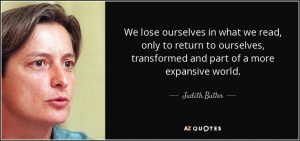 In the end, however, as I explain to my students (those poor kids), what Butler’s arguments all boil down to, is “what makes a life worth grievable”? What characteristics of a life make it worth remembering, worth defending? And what qualities make it forgettable, expendable? And that question, I think, pulls us out of the realm of academia and forces us to confront the ties that bind us all together and that, ultimately, make us, and everyone around us, and in contact with us, and on the planet along with us, human. It forces us to think about the act of empathy, and why we can walk in some people’s shoes, but refuse to try on others. And, just maybe, it might make us willing to try to forge new connections, and realize how we are all, really, fundamentally, connected. To use her words, from
In the end, however, as I explain to my students (those poor kids), what Butler’s arguments all boil down to, is “what makes a life worth grievable”? What characteristics of a life make it worth remembering, worth defending? And what qualities make it forgettable, expendable? And that question, I think, pulls us out of the realm of academia and forces us to confront the ties that bind us all together and that, ultimately, make us, and everyone around us, and in contact with us, and on the planet along with us, human. It forces us to think about the act of empathy, and why we can walk in some people’s shoes, but refuse to try on others. And, just maybe, it might make us willing to try to forge new connections, and realize how we are all, really, fundamentally, connected. To use her words, from 
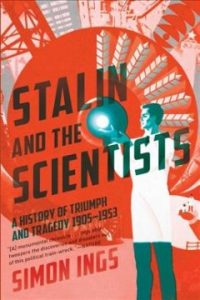 Stalin and the Scientists
Stalin and the Scientists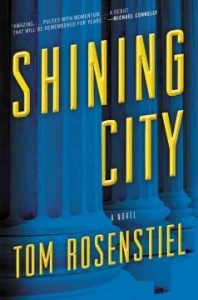 Shining City
Shining City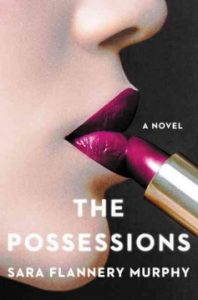 The Possessions
The Possessions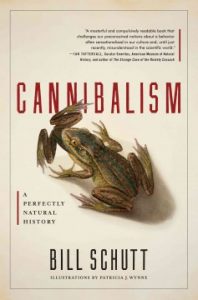 Cannibalism: A Perfectly Natural History
Cannibalism: A Perfectly Natural History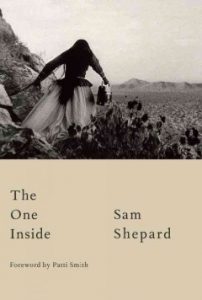 The One Inside
The One Inside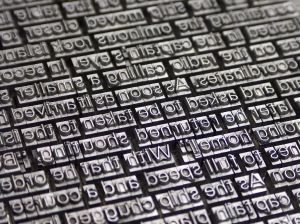
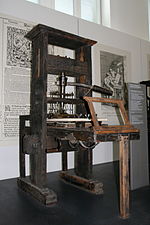

 The book itself proved remarkably long-lasting, as well. Historians estimate that the first printing of the Bible was between 160 and 185 volumes. Today, 49 copies are known to exist (although on 21 of those are complete, as many copies are missing some pages or passages). Because many institutions and collections own fragments of Gutenberg Bibles, it is assumed that another 16 copies are in pieces around the world, as well. I had the enormous good fortune to work in a library that had a complete Gutenberg Bibles, and a 100% reproduction that we showed to people in order to preserve the originals. When I was first shown where it lived, I had expected something…plain? Printed? Familiar? Believe me when I tell you it was nothing like what I expected. The Gutenberg Bible is stunning. Because he still employed rubricators and artists, each page has illumination and hand-drawn details that bring the printing to life, and, because the ink was so rich in metal and oils, the color remains vibrant to this day. If you don’t believe me, then take a look here Gutenberg not only produced the first printed book but, by many standards, he also created one of the most beautiful. If you don’t want to take my word for it, check out this digitized Gutenberg Bible from the
The book itself proved remarkably long-lasting, as well. Historians estimate that the first printing of the Bible was between 160 and 185 volumes. Today, 49 copies are known to exist (although on 21 of those are complete, as many copies are missing some pages or passages). Because many institutions and collections own fragments of Gutenberg Bibles, it is assumed that another 16 copies are in pieces around the world, as well. I had the enormous good fortune to work in a library that had a complete Gutenberg Bibles, and a 100% reproduction that we showed to people in order to preserve the originals. When I was first shown where it lived, I had expected something…plain? Printed? Familiar? Believe me when I tell you it was nothing like what I expected. The Gutenberg Bible is stunning. Because he still employed rubricators and artists, each page has illumination and hand-drawn details that bring the printing to life, and, because the ink was so rich in metal and oils, the color remains vibrant to this day. If you don’t believe me, then take a look here Gutenberg not only produced the first printed book but, by many standards, he also created one of the most beautiful. If you don’t want to take my word for it, check out this digitized Gutenberg Bible from the
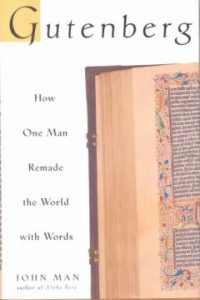

 In a world that is proving increasingly hostile to difference, this year’s Nebula nominees represent a really impressive diversity, both in terms of their subjects and their authors. As we’ve noted here, science fiction and fantasy are both genres that provide room to critique the world around us, and offer ways to explore change without remaining beholden to current cultural structures, times, or locales. And these nominees showcase some of the most daring, imaginative, and courageous authors at work today. From Nisi Shawl’s re-creation, re-assessment, and re-invention of the Belgian Congo in
In a world that is proving increasingly hostile to difference, this year’s Nebula nominees represent a really impressive diversity, both in terms of their subjects and their authors. As we’ve noted here, science fiction and fantasy are both genres that provide room to critique the world around us, and offer ways to explore change without remaining beholden to current cultural structures, times, or locales. And these nominees showcase some of the most daring, imaginative, and courageous authors at work today. From Nisi Shawl’s re-creation, re-assessment, and re-invention of the Belgian Congo in 
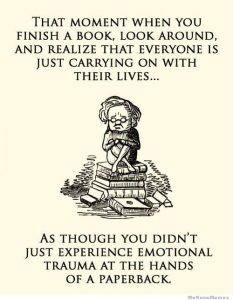
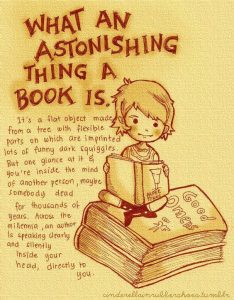
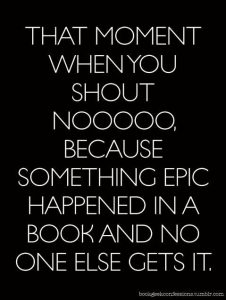
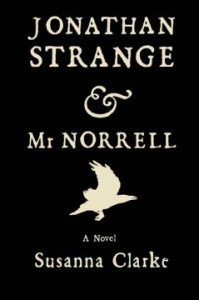
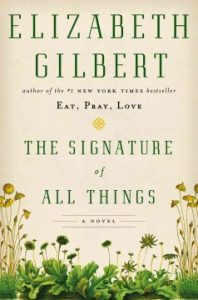
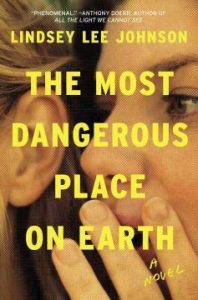
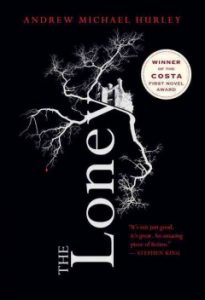
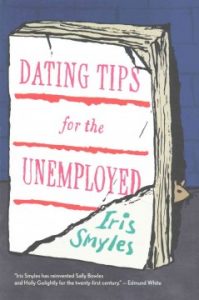

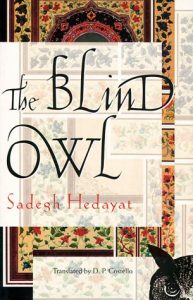 He produced a considerable body of work, including short stories, poems, travel pieces, and literary criticism, all of which attempted to move Iranian literature into the ‘modern’ world. At the same time, he began heavily criticizing what he perceived to be the two major causes of Iran’s decimation: the monarchy and the clergy, and through his stories he tried to impute the deafness and blindness of the nation to the abuses of these two major powers. His most well-known work,
He produced a considerable body of work, including short stories, poems, travel pieces, and literary criticism, all of which attempted to move Iranian literature into the ‘modern’ world. At the same time, he began heavily criticizing what he perceived to be the two major causes of Iran’s decimation: the monarchy and the clergy, and through his stories he tried to impute the deafness and blindness of the nation to the abuses of these two major powers. His most well-known work, 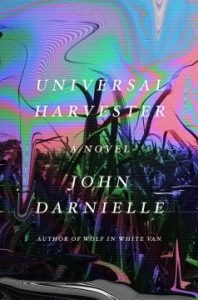 Universal Harvester
Universal Harvester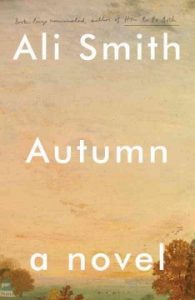 Autumn
Autumn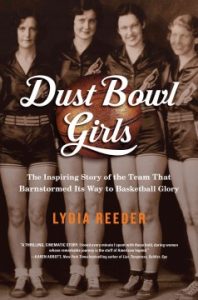 Dust Bowl Girls
Dust Bowl Girls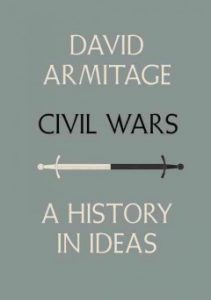 Civil Wars: A History in Ideas
Civil Wars: A History in Ideas